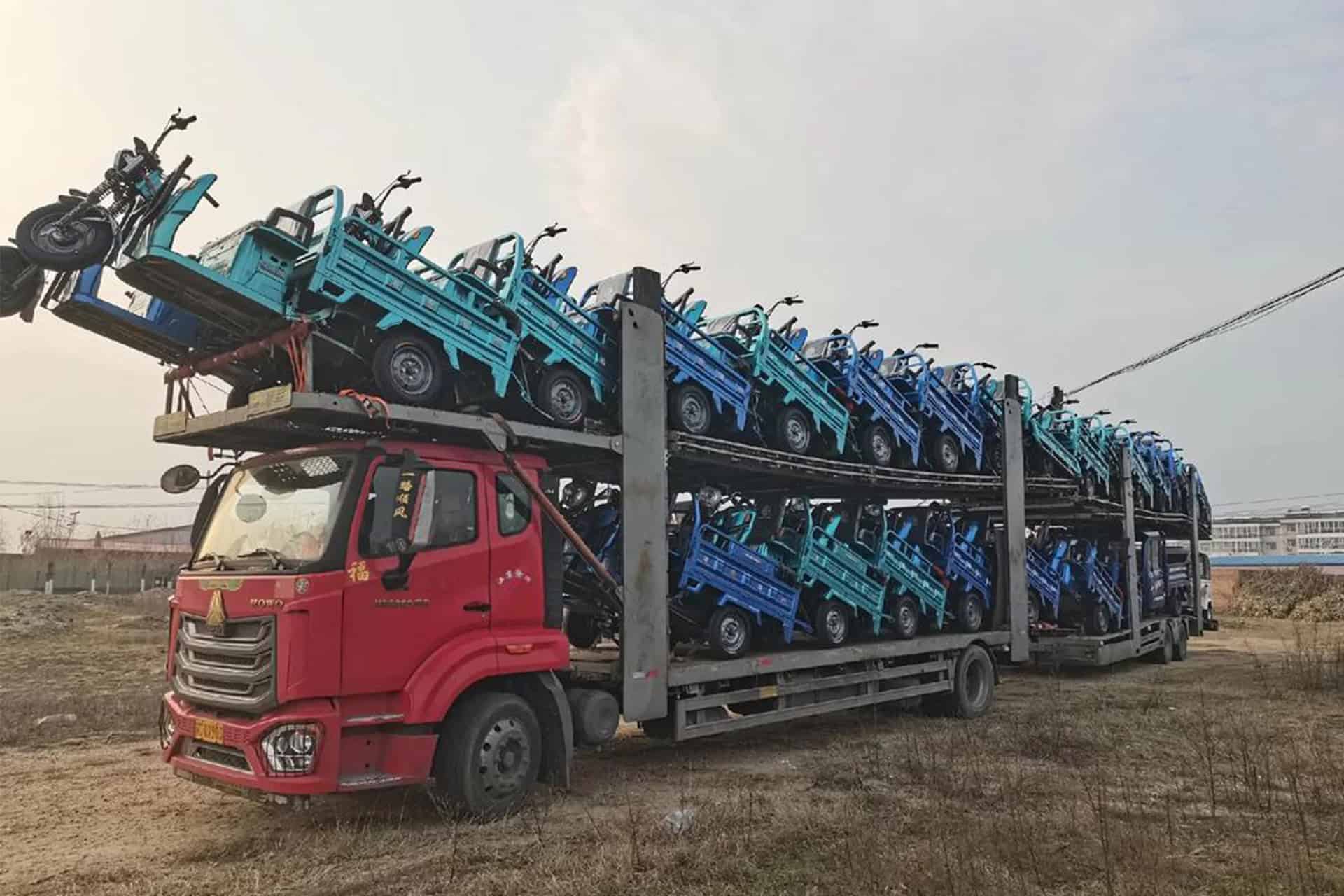Electric tricycles are gaining popularity for their versatility and eco-friendly operation, especially in logistics, delivery, and personal transport. Among all performance metrics, load capacity and driving range are two of the most frequently asked concerns from potential buyers. However, not everyone knows how to properly evaluate these factors.
If you’ve ever come across electric tricycles advertised to carry over 500 kg (over 1100 lbs) or travel 80 km (50 miles) on a single charge, you may have wondered—is that really achievable? The answer lies in examining three key components: the battery, motor, and rear cargo bed design. This article breaks down how each of these elements affects performance and what to look for when making a purchase.
Battery Type and Performance
The battery serves as the energy source for your electric tricycle, and its specifications are crucial for both range and load-bearing performance. Common battery types include lead-acid and lithium-ion, each offering different benefits in terms of energy density, weight, charging speed, and lifespan.
To support a range of 80 km, we generally recommend:
• 60V batteries with at least 58Ah capacity
• Or 72V batteries with at least 52Ah capacity
Higher voltage and capacity mean more stored energy, allowing the tricycle to travel longer distances, even under heavy loads. While lithium-ion batteries are more expensive upfront, they offer lighter weight, longer lifespan, and higher efficiency—making them ideal for commercial use where range and weight are critical.
Motor Power and Efficiency
The motor is the heart of the electric tricycle, converting electrical energy into mechanical power. A high-efficiency motor ensures that the energy from your battery is used optimally to drive the vehicle—even when it’s fully loaded.
For cargo or heavy-duty applications, a motor with at least 1000W is recommended. More powerful options such as:
• 1200W
• 1500W
• Or even 2000W
…can offer much better torque and uphill performance, especially when transporting goods in uneven or hilly terrain. A weak motor will not only reduce speed under heavy loads but also consume more power, reducing overall range.
Rear Cargo Bed Design
The rear cargo bed plays a direct role in physical load support and stability. A well-designed cargo bed can significantly improve usability, safety, and the amount of weight that the tricycle can handle.
Key features to look for include:
• Wider dimensions for accommodating larger or bulkier items
• Reinforced steel framing to support high payloads (e.g., 500–1000 kg)
• Anti-slip flooring and side barriers for secure transportation
• A low center of gravity design for better balance during turns or stops
Don’t overlook the chassis and frame structure either. A rigid, durable frame ensures that the vehicle doesn’t deform or become unstable under pressure, which is especially important for commercial or industrial usage.
Matching Configuration to Real-World Performance
If you’re looking to invest in an electric tricycle for commercial delivery, construction, farming, or even personal use, it’s essential to evaluate more than just the price tag. The true performance depends on the right combination of:
✅ Battery – 60V/58Ah or 72V/52Ah and above
✅ Motor – At least 1000W, preferably 1200W or higher
✅ Rear Cargo Bed – Spacious, reinforced, and ergonomically designed
By assessing these components carefully, you can ensure the vehicle delivers optimal range, reliable power, and heavy-duty load capacity.
Have a specific use case in mind? Our team can help customize electric tricycle configurations tailored to your needs—whether you’re transporting goods in rural areas or managing last-mile delivery in urban settings.
